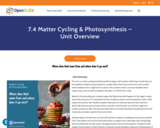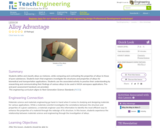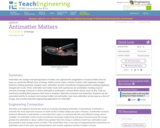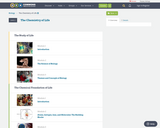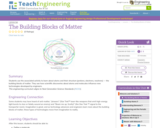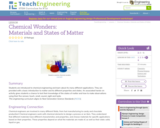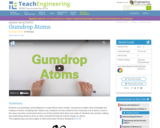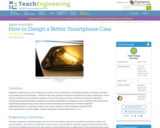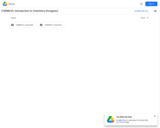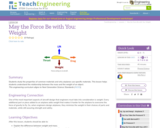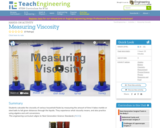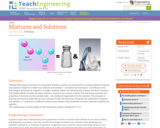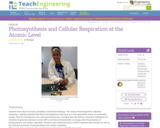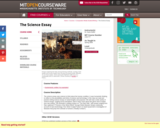This book is written for anybody who is curious about nature and motion. Curiosity about how bodies, images and empty space move leads to many adventures. This volume presents the best adventures about the motion inside people, inside animals, and inside any other type of matter – from the largest stars to the smallest nuclei.
Motion inside bodies – dead or alive – is described by quantum theory. Quantum theory describes all motion with the quantum of action h, the smallest change observed in nature. Building on this basic idea, the text first shows how to describe life, death and pleasure. Then, the text explains the observations of chemistry, materials science, astrophysics and particle physics. In the structure of physics, these topics correspond to the three ‘quantum’ points in Figure 1. The story of motion inside living and non-living matter, from the coldest gases to the hottest stars, is told here in a way that is simple, up to date and captivating.
In order to be simple, the text focuses on concepts, while keeping mathematics to the necessary minimum. Understanding the concepts of physics is given precedence over using formulae in calculations. The whole text is within the reach of an undergraduate.
In order to be up to date, the text is enriched by the many gems – both theoretical and empirical – that are scattered throughout the scientific literature.
In order to be captivating, the text tries to startle the reader as much as possible. Read- ing a book on physics should be like going to a magic show. We watch, we are astonished, we do not believe our eyes, we think, and finally we understand the trick. When we look at nature, we often have the same experience. Indeed, every page presents at least one sur- prise that makes the reader think. Also numerous interesting challenges are proposed.
The motto of the text, die Menschen stärken, die Sachen klären, a famous statement by Hartmut von Hentig on pedagogy, translates as: ‘To fortify people, to clarify things.’ Clar- ifying things – and adhering only to the truth – requires courage, as changing the habits of thought produces fear, often hidden by anger. But by overcoming our fears we grow in strength. And we experience intense and beautiful emotions. All great adventures in life allow this, and exploring motion is one of them. Enjoy it!
